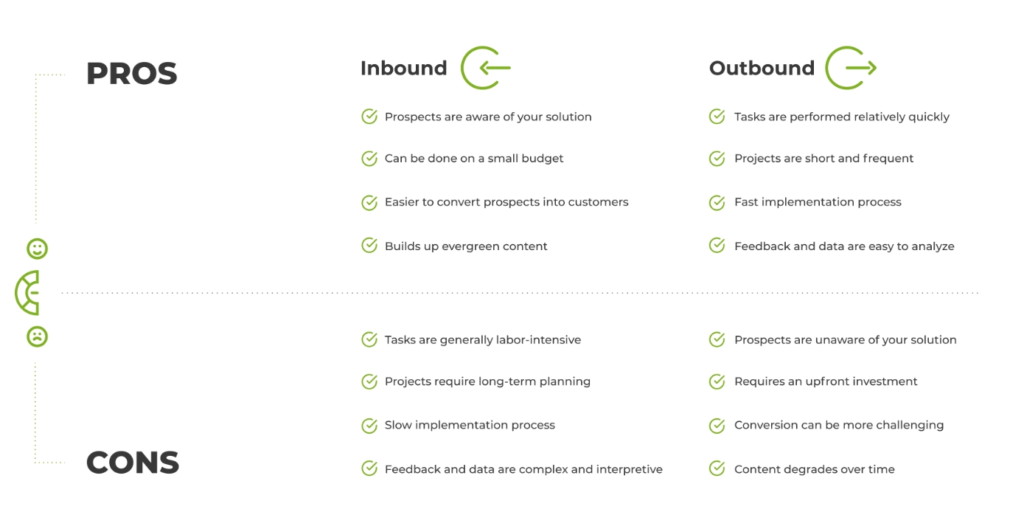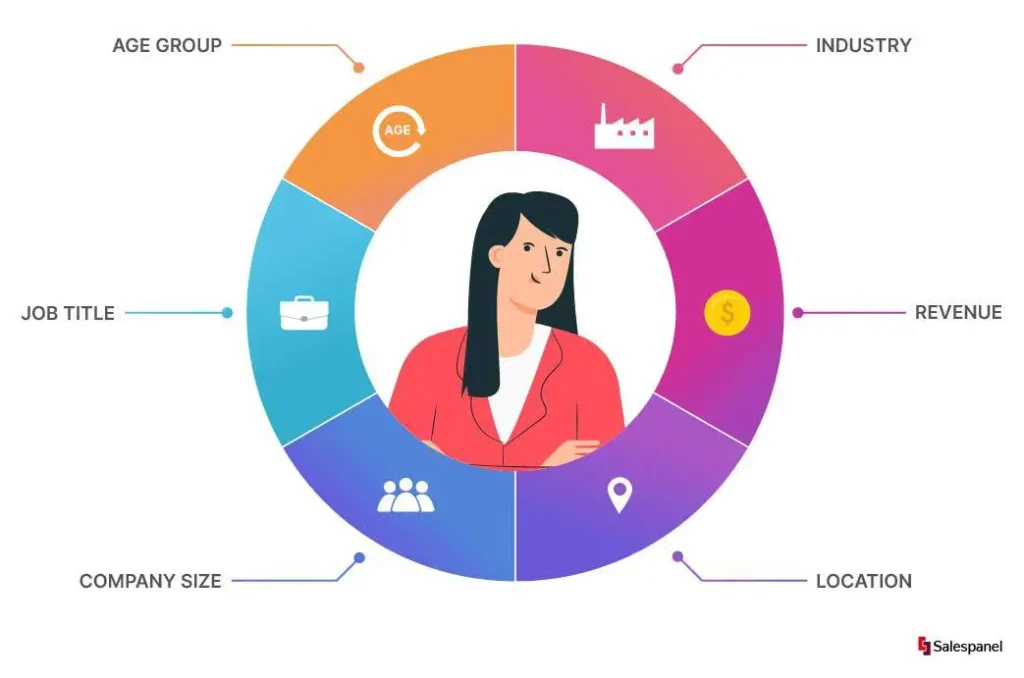The Complete Guide to Outbound Lead Generation in 2023
In today’s digital world, the art of outbound lead generation seems to have started generating a stigma of being overrated or a dead art form. That’s because when people think of outbound lead generation, they assume it’s an intrusive and time-consuming process that’s hard to measure and impossible to scale.
That’s not the case at all. Outbound lead generation is one of the most effective and efficient ways to generate sales-ready leads. For instance, studies show that approximately 75% of executives are willing to make an appointment with a sales rep after receiving a cold call or email.
Key Takeaways
- Outbound lead generation can be a powerful way to generate sales-ready leads when your marketing is tailored to the right audience.
- Demand generation can generate sales-ready leads through outbound lead generation using intent data to find the right prospects.
- Working with an outsourced lead generation team can generate better results by 43%, making it a cost-effective way to scale your lead generation efforts, especially for those doubting the effectiveness of outbound lead generation.
What is Considered an Outbound Lead?
An outbound lead is a person or company contacted by a sales representative, usually through email, phone calls, or social media messages. A lead is generally considered outbound if the sales rep initiates the contact. For a lead to be considered sales-ready, they need to have been contacted and vetted by a sales representative.
What is Outbound Lead Generation?
Outbound lead generation involves proactively finding potential customers rather than waiting for them to come to you. It is a form of marketing that involves finding people (prospects) who might be interested in your product or service and nurturing them until they are ready to buy.
What Makes Outbound and Inbound Lead Generation Different?
Outbound lead generation is often confused with inbound lead generation. Inbound lead generation is when a lead finds you through your content or other marketing efforts. The main difference between the two is that inbound lead generation is passive and outbound lead generation is active.
Outbound lead generation is when you actively seek out leads through activities such as cold emailing or attending trade shows. These activities allow you to put your company in front of decision-makers when they may not be looking for you. These potential leads can turn into sales or future business if targeted correctly.
Alternatively, inbound lead generation is when you have content or other assets that you create and share. Potential customers find these assets through search, organic channels, referrals, or content marketing. Once they find your content, they may decide to reach out to you to learn more about your company. After they do reach out to you, these leads need to be nurtured over time and eventually converted.

The Outbound Lead Generation Process
Outbound lead generation is the process of prospecting, identifying, engaging, and converting leads into customers. Lead generation is a large, complex process that requires multiple steps, each of which can make or break a campaign. Get started with these five steps:
1. Identify and Segment Your Target Audience
Identifying and segmenting your target audience is the first step in outbound lead generation. This part is important because it lets you focus your resources on the leads most likely to convert into customers. Segmenting your audience also will enable you to customize your outreach strategy to appeal to each segment better.
2. Create Your Ideal Customer Profile
The next step is to create an ideal customer profile (ICP). An ICP is a detailed description of your ideal customer, including demographics, psychographics, and firmographics. Your ICP should be as specific as possible to ensure you are targeting the right leads. Creating an ICP will also help you create better content and messaging, as you will clearly understand who you are trying to appeal to.

3. Develop Your Lead Qualification Processes
The next step is to develop your lead qualification processes. Lead qualification includes creating criteria to help you determine which leads are worth pursuing and which are not. Your lead qualification process should be designed to weed out unqualified leads so that you can focus your resources on those more likely to convert.
4. Develop Your Lead Nurturing Processes
The next step is to develop your lead nurturing processes. Lead nurturing is the process of building relationships with leads over time so that they eventually convert into customers. It is important to develop a lead nurturing process before attempting outbound lead generation, as it will help you build relationships with leads and keep them engaged.
5. Generate Leads
Using your ICP and newly-developed lead nurturing processes, you can begin to generate leads. There are several ways you can go about this, and choosing which is best for you will largely depend on your business model.
Top Performing Outbound Lead Generation Tactics and Techniques
The key to successful outbound lead generation lies in the right mix of tactics. The best way to know which tactics work for you is to test them and measure their results. The following are some of the best-performing outbound lead generation tactics and techniques worth trying:
- Cold Calling: Cold calling is a tried-and-true outbound lead generation tactic that involves reaching out to leads by phone. It allows you to converse with leads to determine their interest level.
- Paid Advertising: Paid advertising is a great way to generate leads, especially if you are targeting a specific audience. You can use paid advertising to target leads by location, demographics, or interests.
- Social Selling: Social selling is about building relationships with leads through social media. It allows you to engage with leads and build trust.
- Content Syndication: Content syndication is a method of outbound lead generation that allows you to share your content with a broader audience. It involves publishing your content on third-party websites and then sharing it on social media or through email marketing.
- Cold Email: Cold emailing is one of the most effective outbound lead generation tactics. It involves sending emails to leads who have not expressed interest in your product or service. Cold emails can be personalized or generic and should always be relevant and informative. The goal of a cold email is to get the recipient to respond so you can continue the conversation.
Video Suggestion: https://youtu.be/qr1aczUj5EI?t=136
Learn How Demand Generation Can Help With Your Outbound Lead Generation Today
Outbound lead generation is a great way to generate leads, but it takes more than just a few cold calls to be successful. It requires a well-defined strategy, a solid understanding of your target market, and a mix of tactics to be successful.
With demand generation, you can generate leads who are ready to buy, and with the right strategy in place, you can build a pipeline of prospects that are eager to hear from you.
Ready to see how demand generation can help with your outbound lead generation? Contact us today to learn more.


